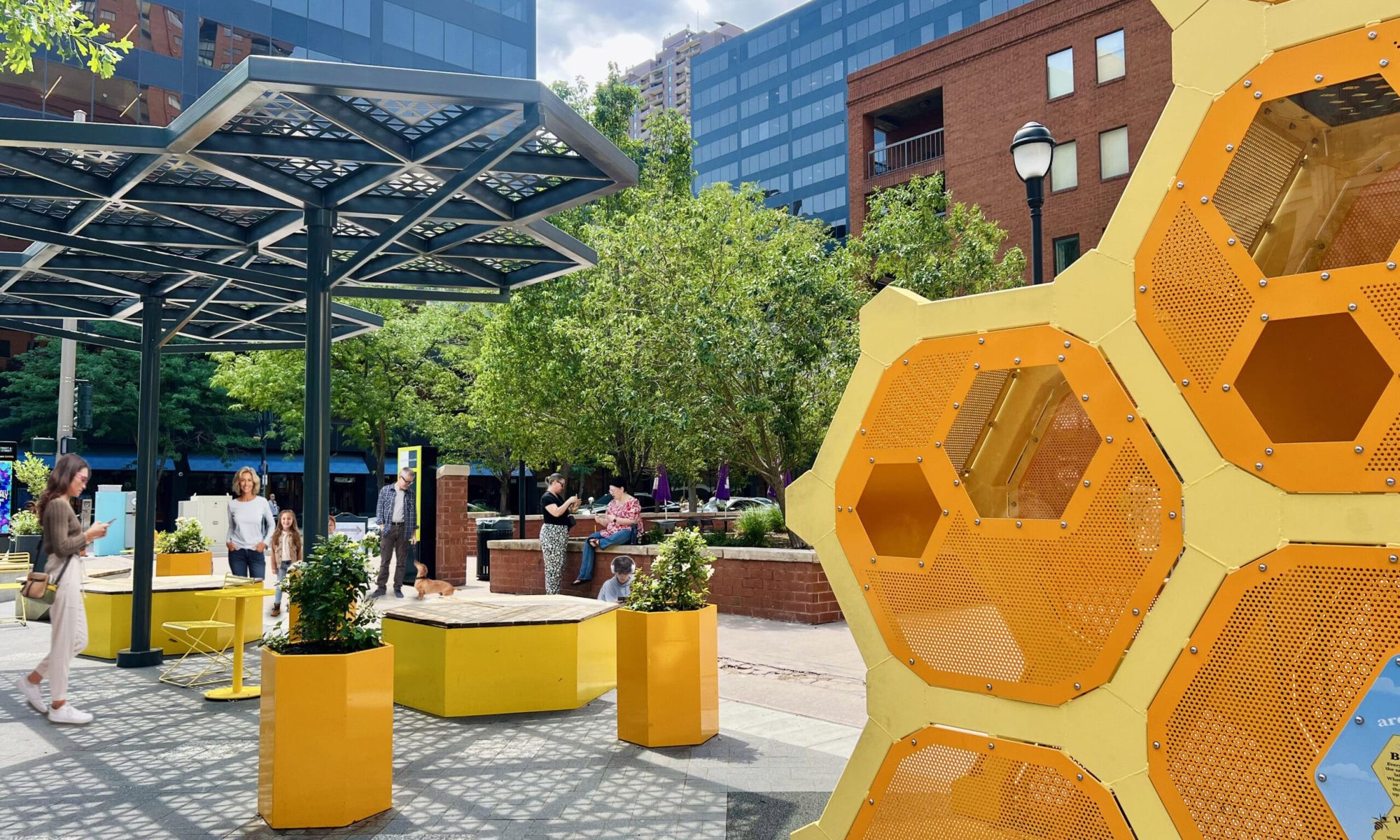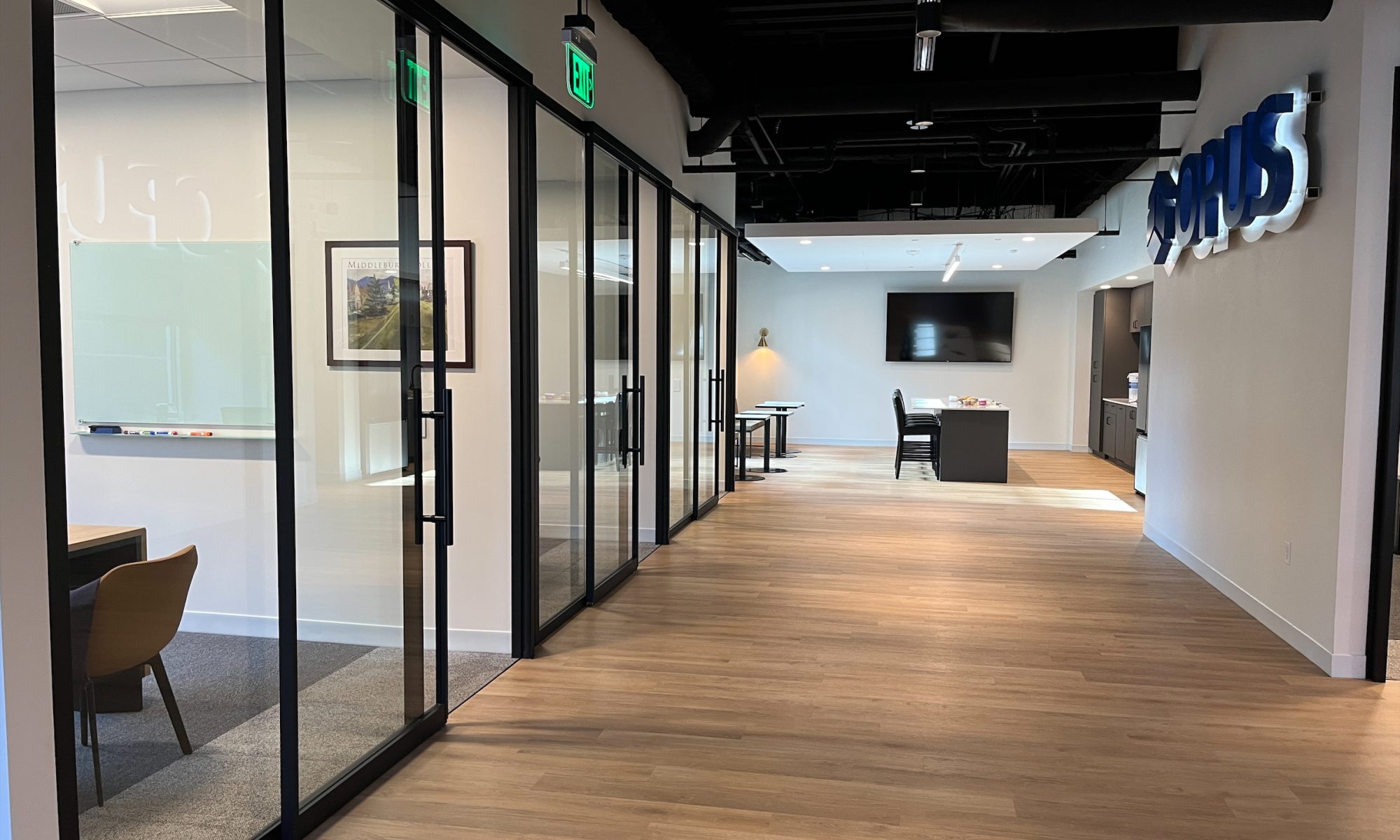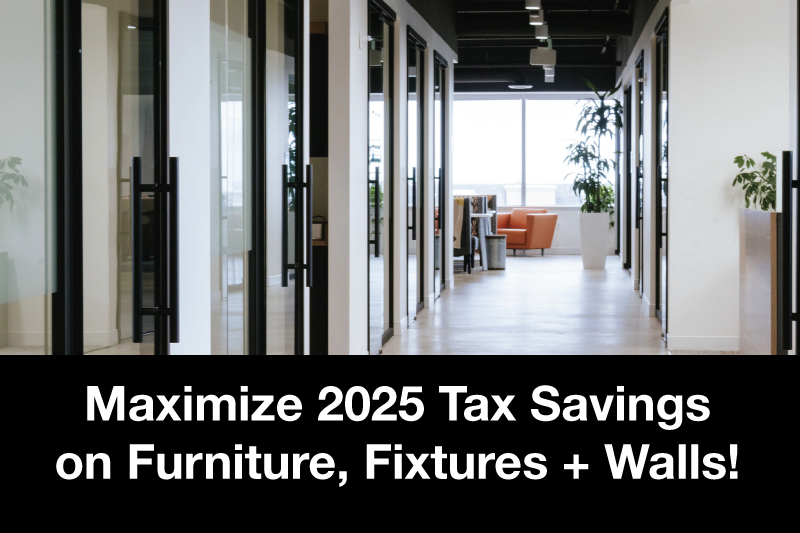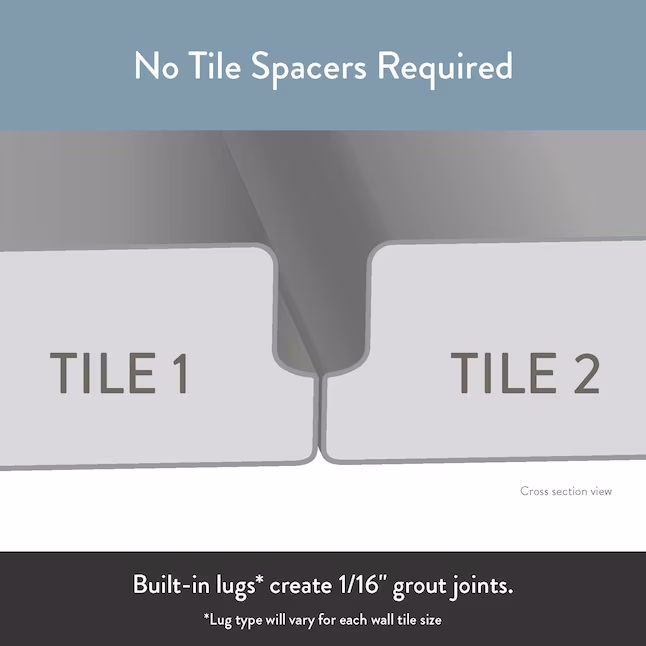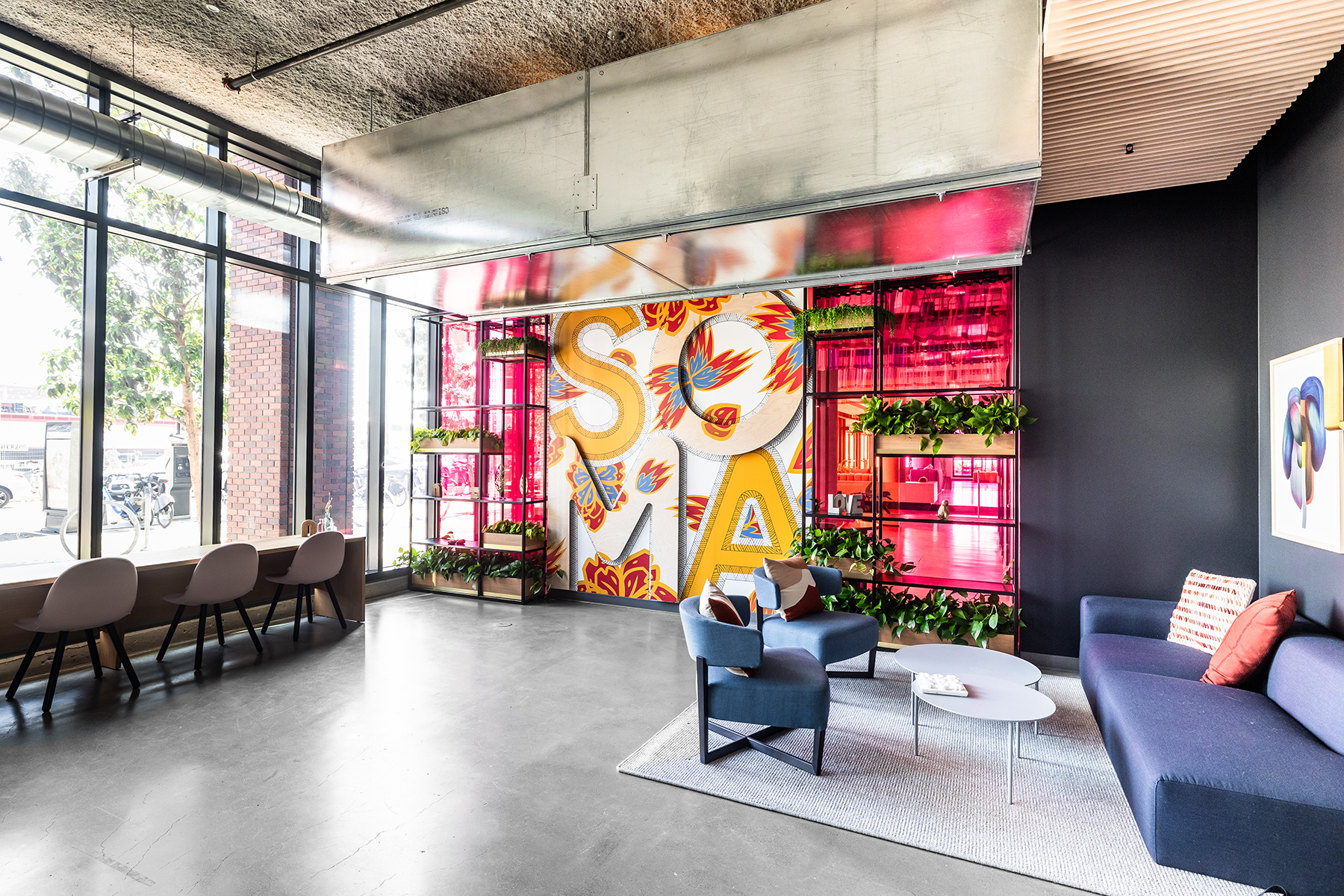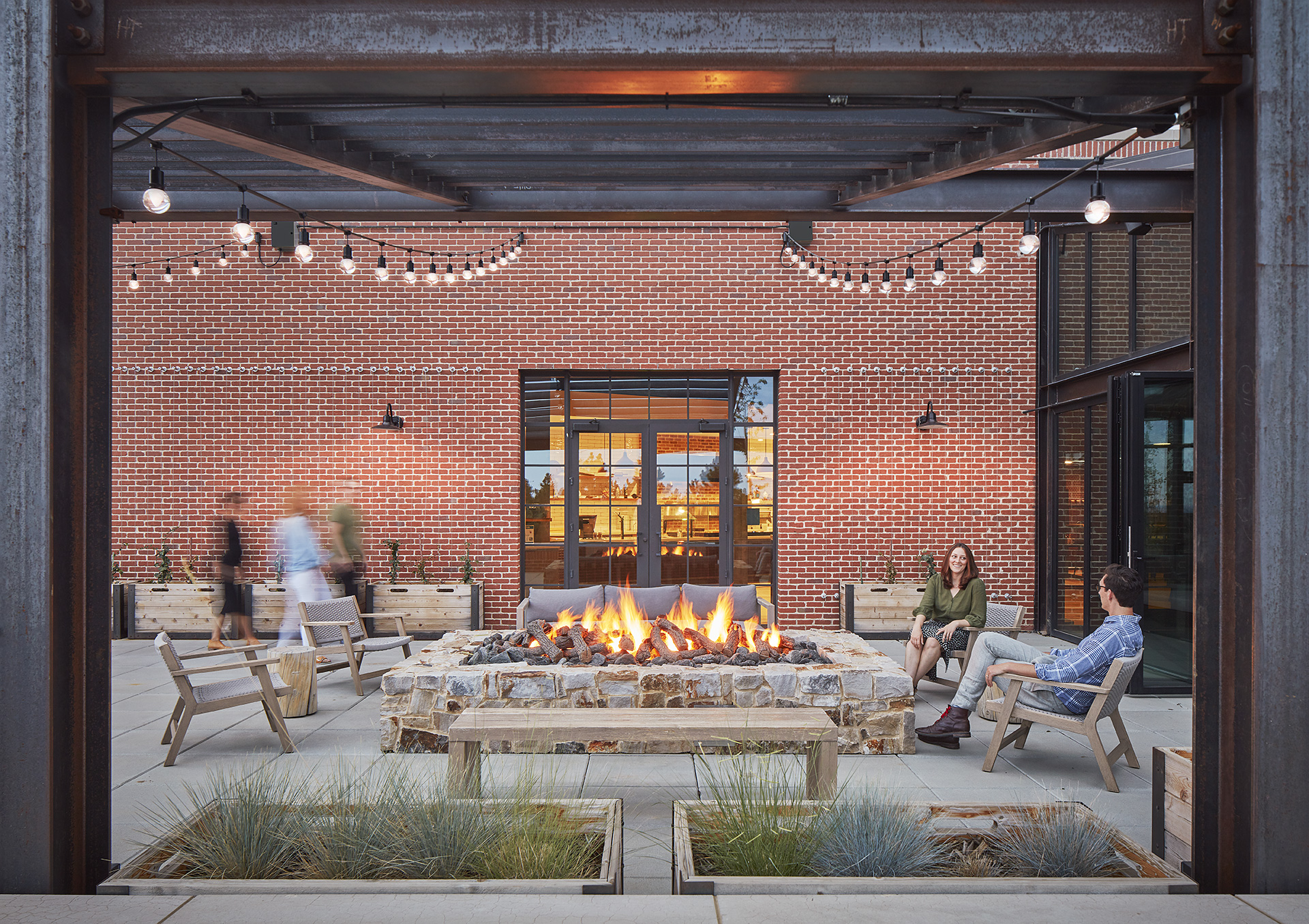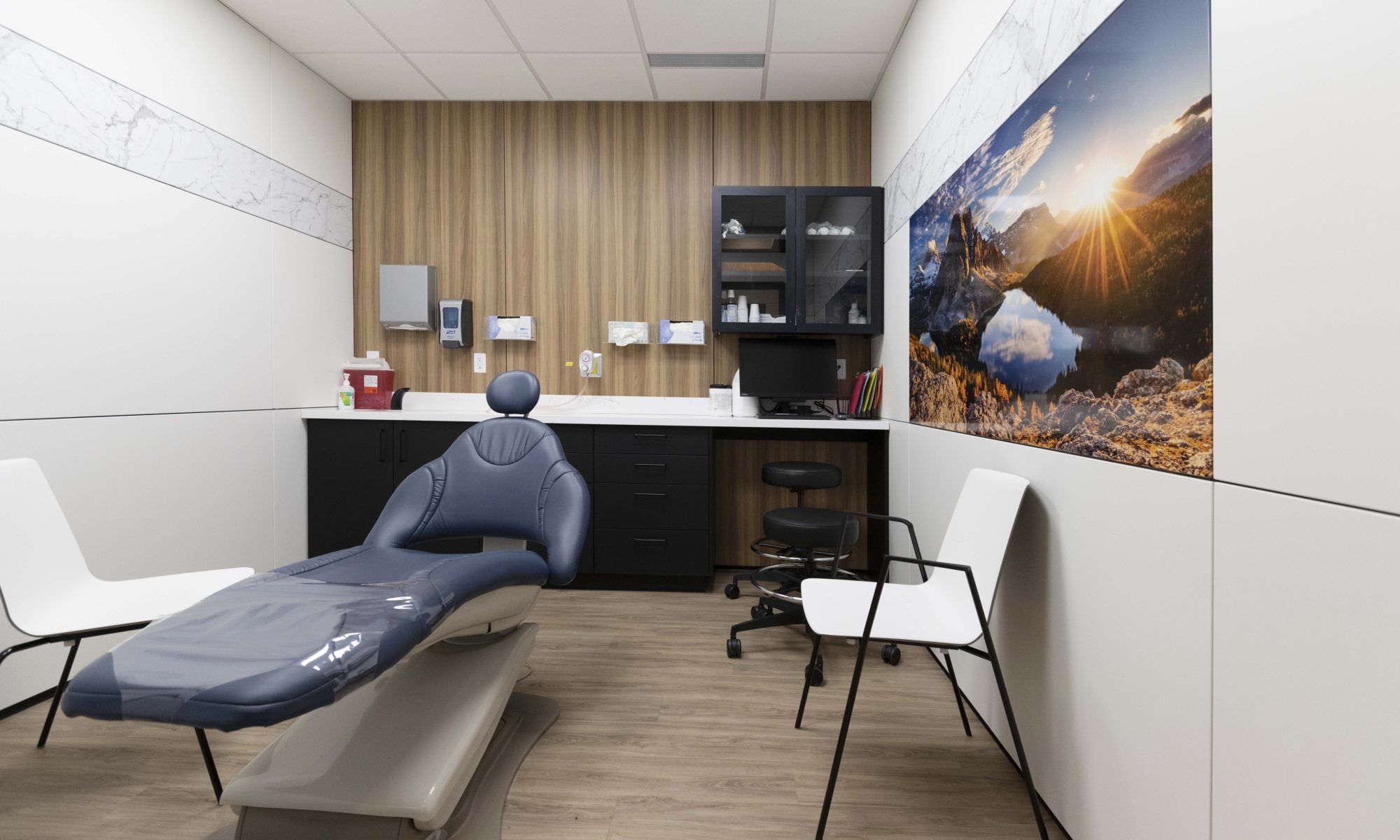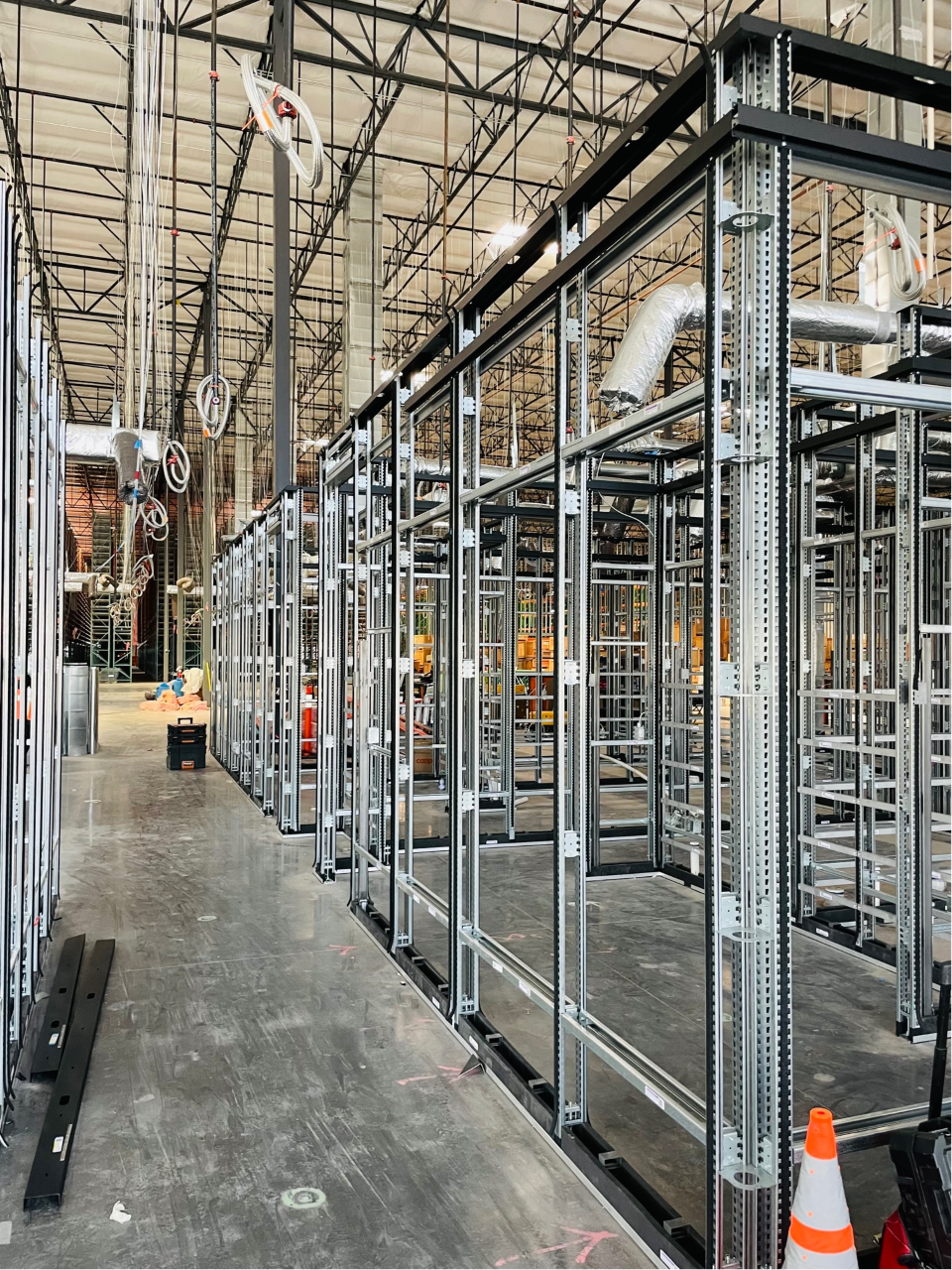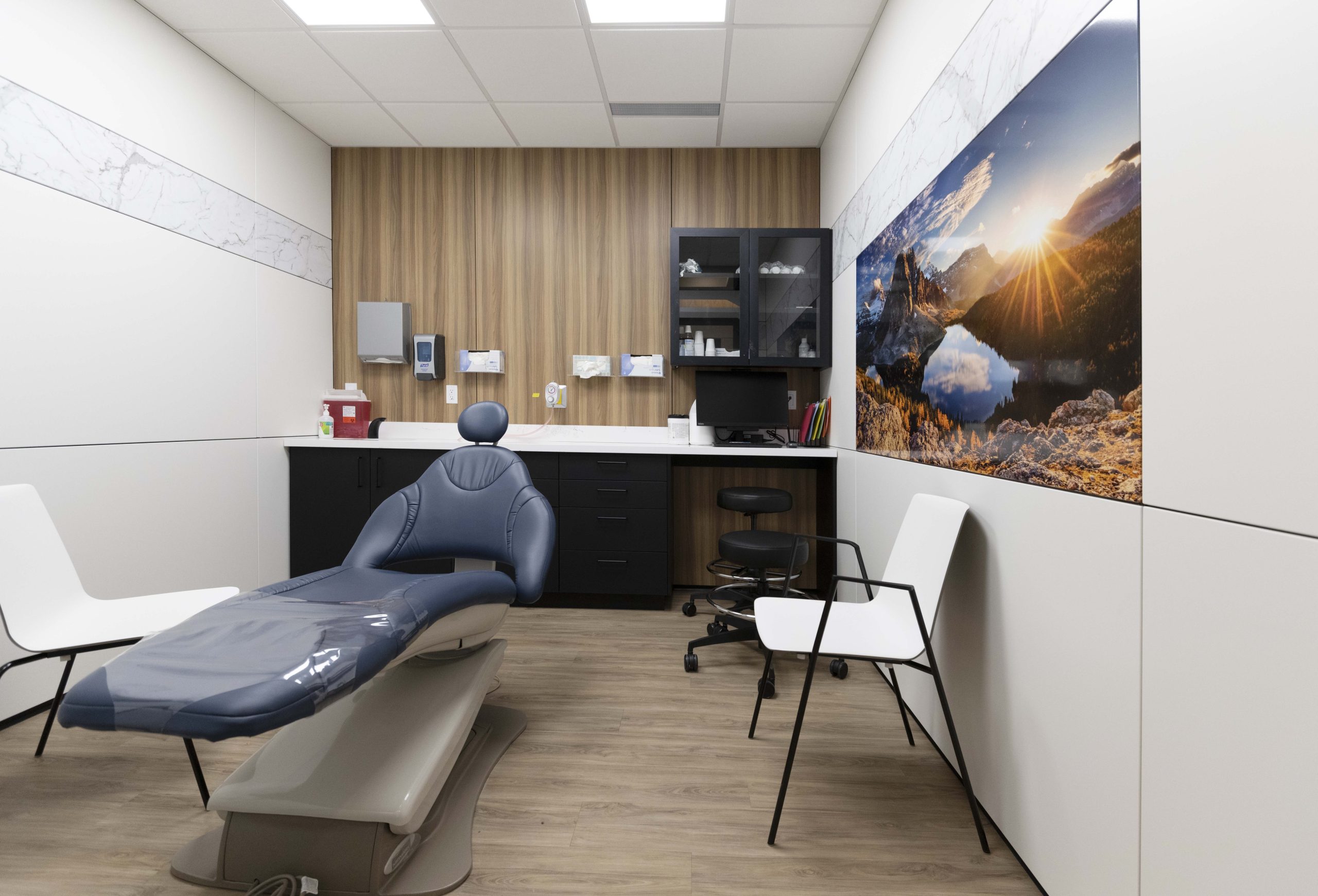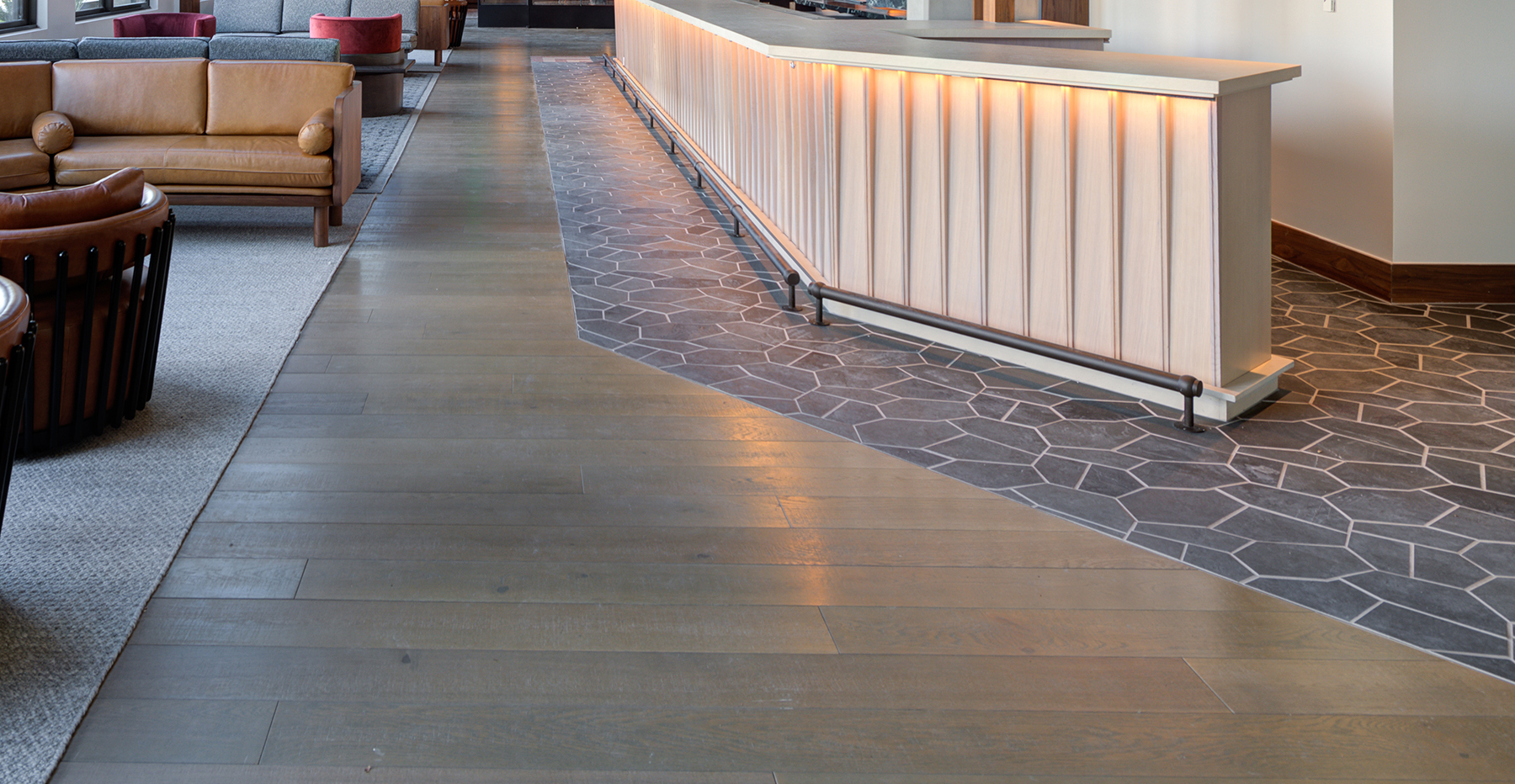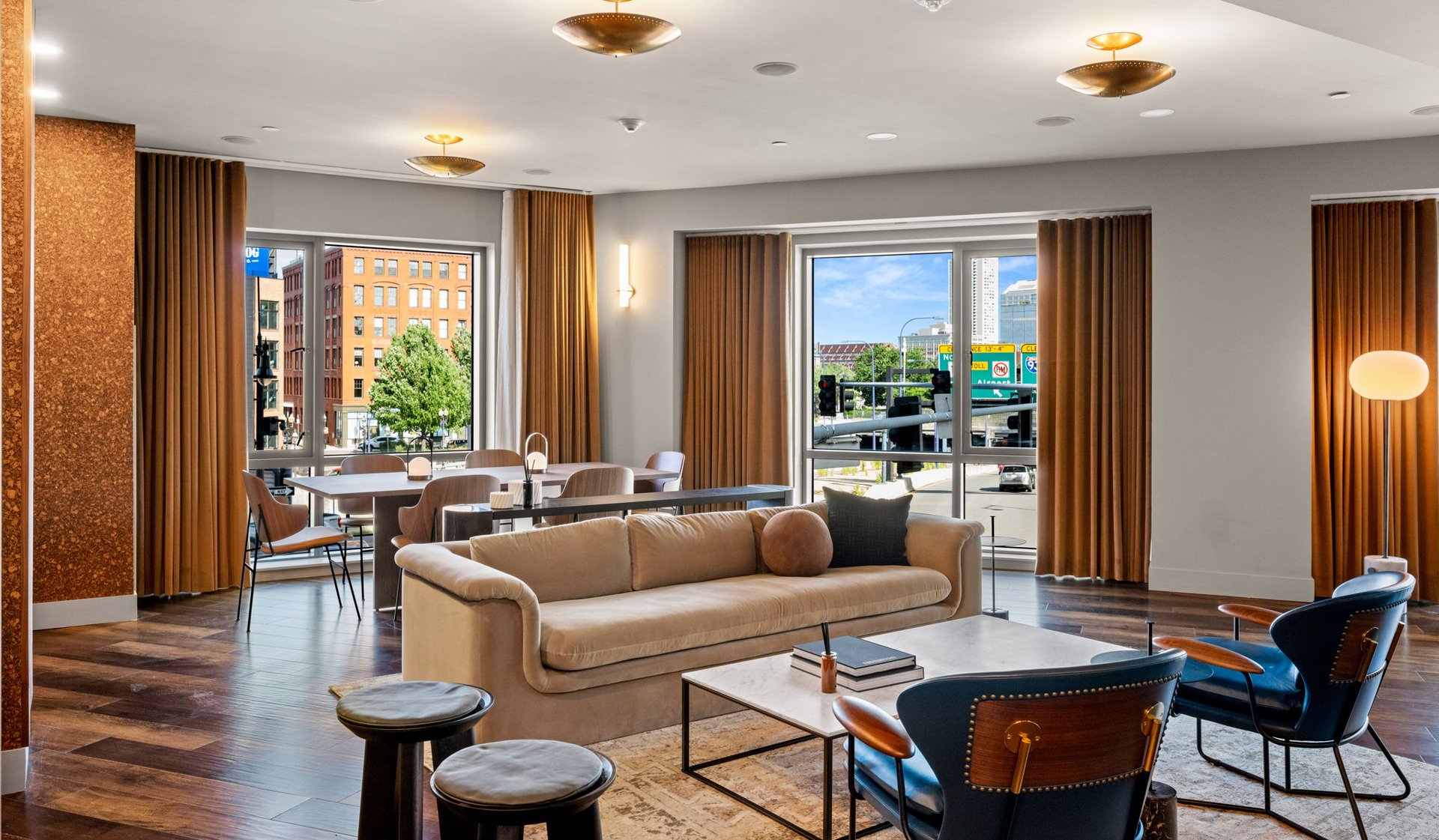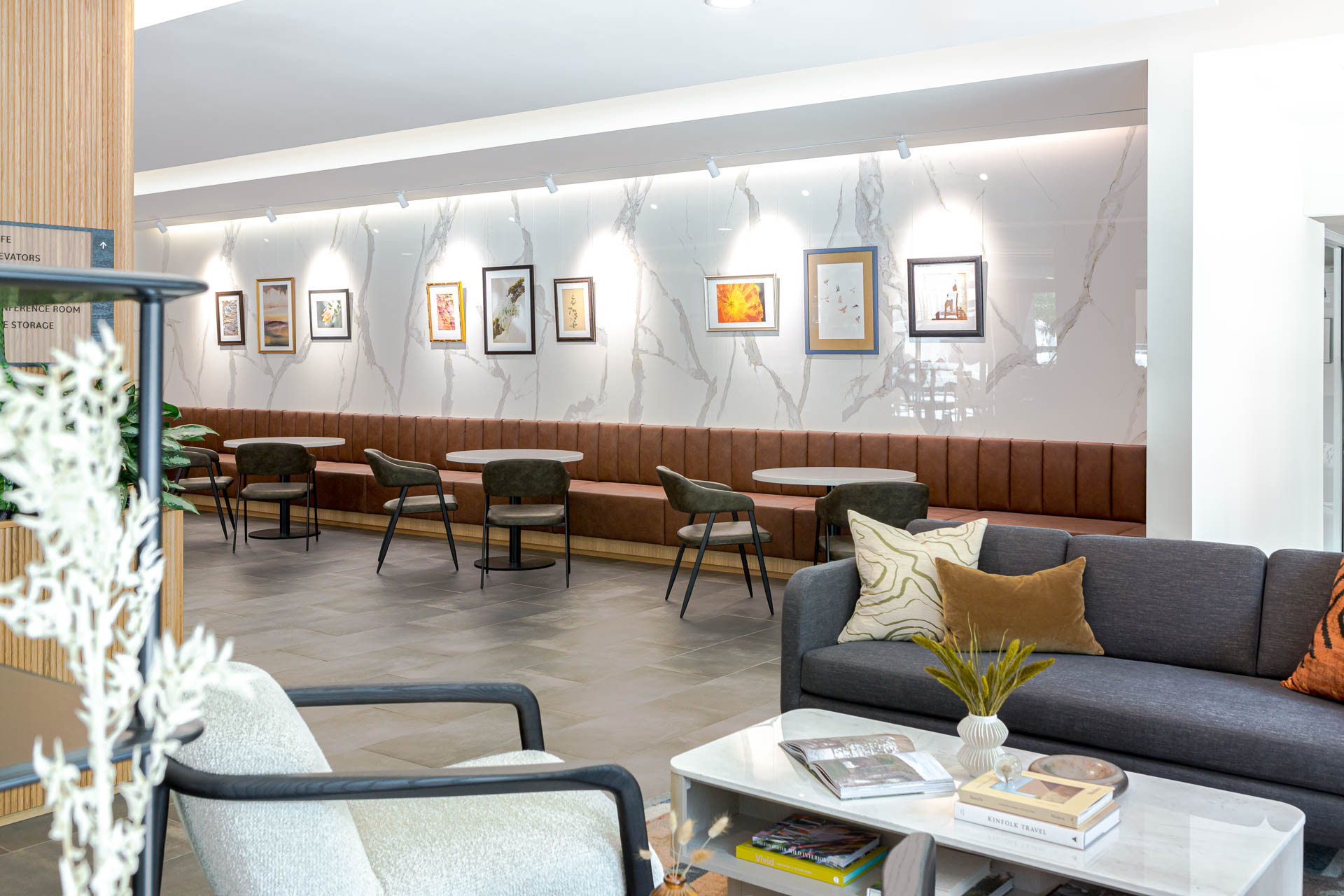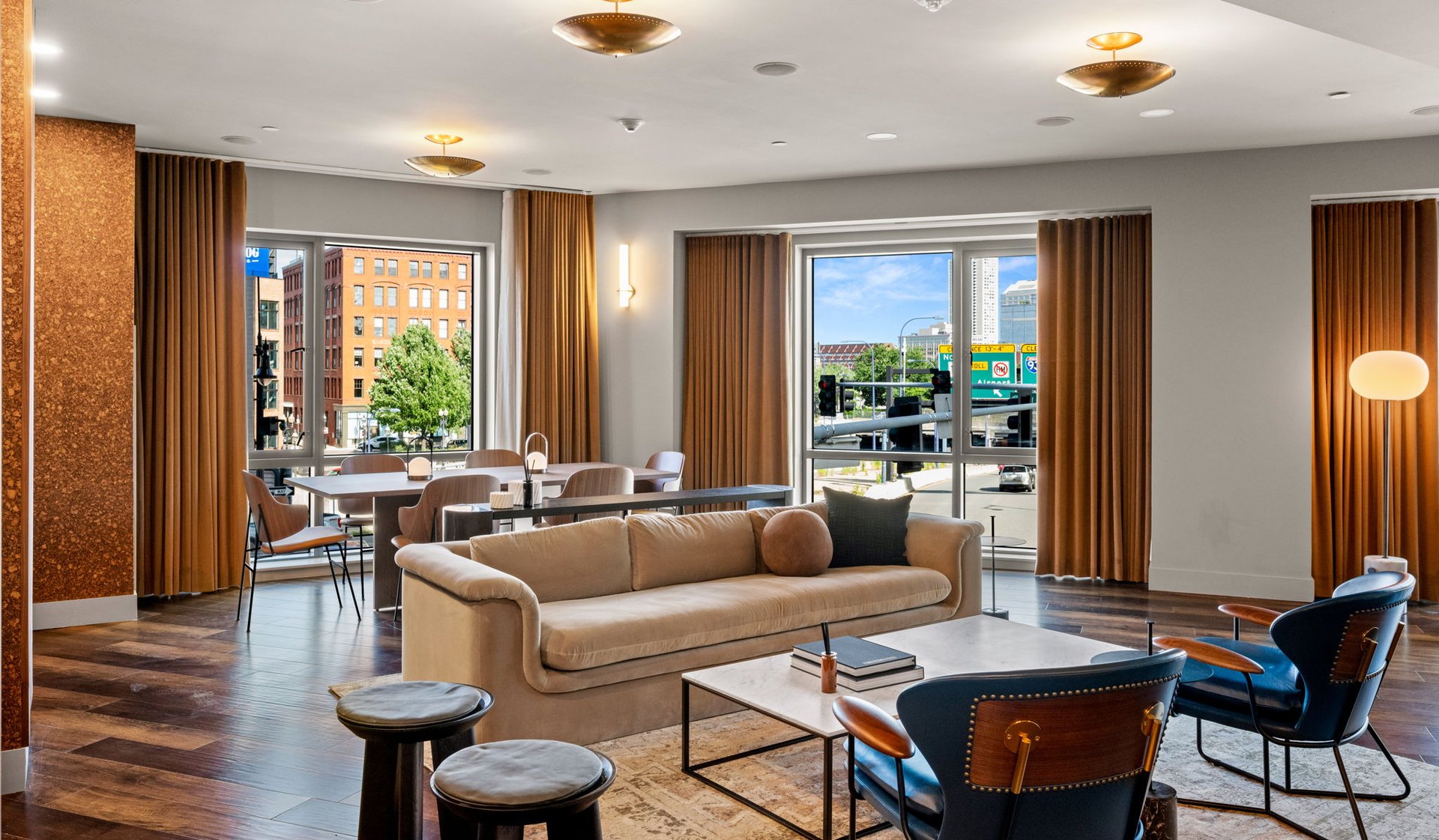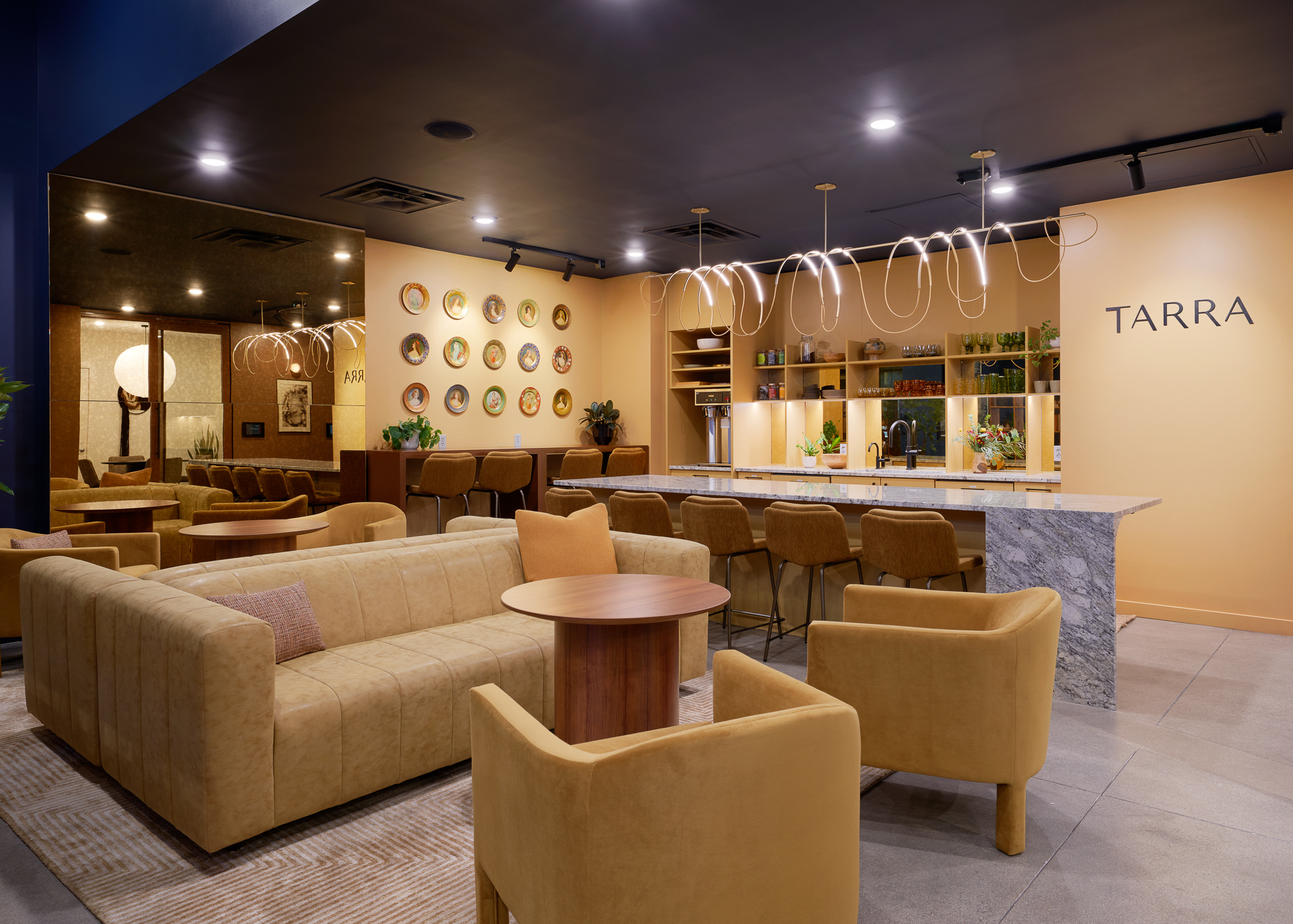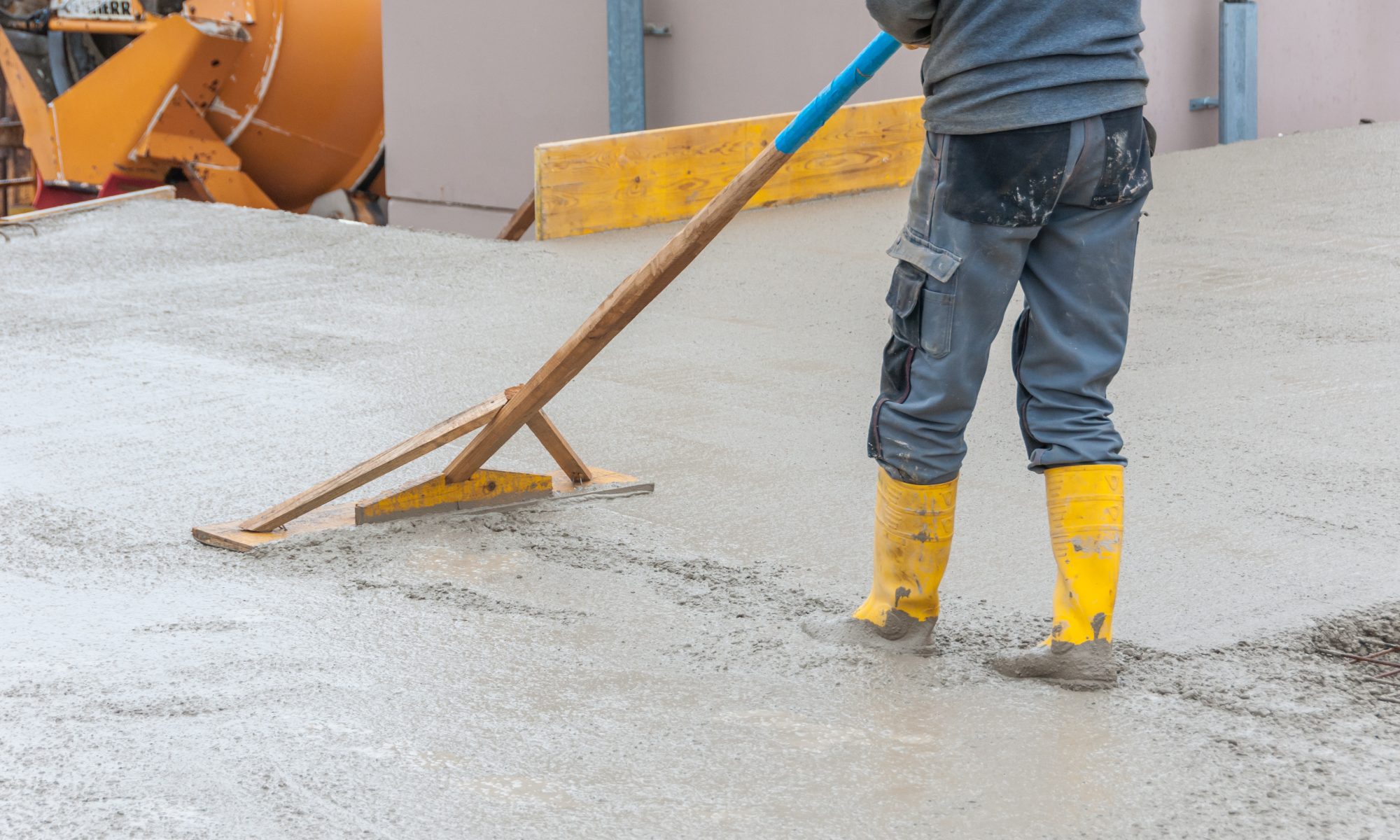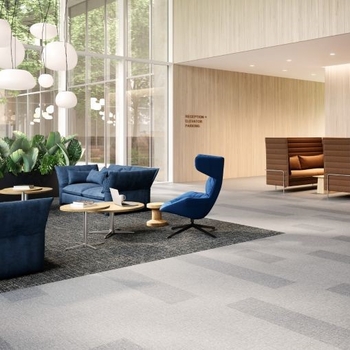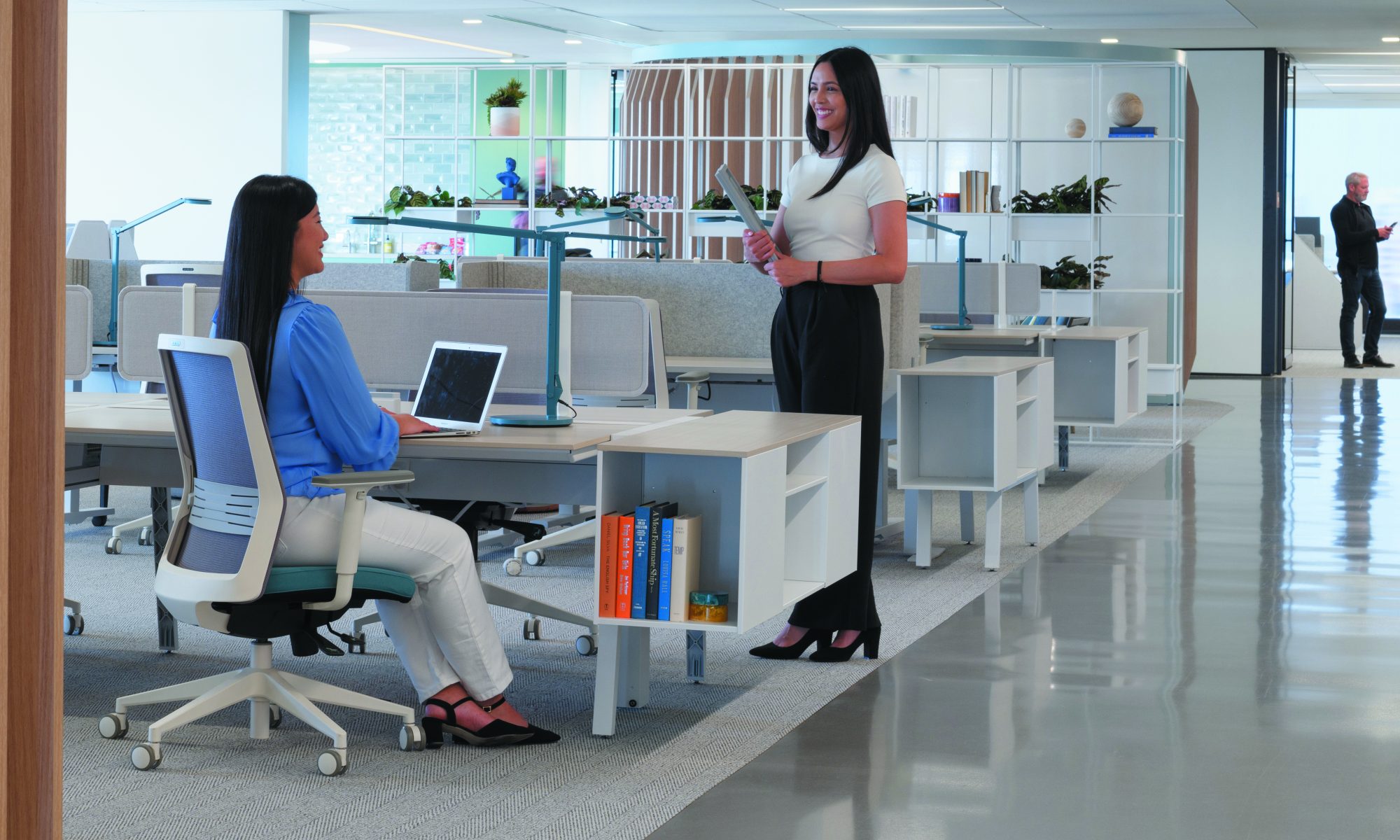In Denver, real estate has long shaped the skyline. But increasingly, it must also shape something more vital: a sense of belonging. As cities like Denver face challenges like rising vacancy rates, social fragmentation, and shifting cultural identities, the built environment plays a critical role in reconnecting people to place and to each other. The question isn’t just how we bring people back downtown, but how we create spaces: workplaces, parks, retail districts, and gathering places that they truly want to return to. As the saying goes: “We build what we listen for.”
A Shift Toward Engagement-Driven Development
The way we design cities is evolving. Where once development followed a top-down model focused on density, visibility, and transaction, today there’s growing momentum around engagement-driven placemaking. More leaders are asking not just how spaces look, but how they function, and who they serve.
This shift is embedded in Denver’s updated Downtown Area Plan, built on seven guiding principles: Connection, Stories, Play, Equity, Investment, Resilience, and Innovation. It’s a framework that positions community voices at the forefront and prioritizes inclusivity across neighborhoods, not just nodes of affluence.
Focus on equity and inclusion is also reshaping how Denver approaches development, emphasizing housing affordability, neighborhood services, and social equity – supported by what some call “radical inclusivity.” That means deliberate outreach to underrepresented groups and a commitment to ensuring every voice is heard. The goal: reduce barriers between neighborhoods and downtown so all residents can access and benefit from urban improvements.
City leaders are investing in the public realm: enhancing walkability, parks, plazas, cycling infrastructure, and safety patrols. These aren’t cosmetic upgrades; they’re intentional moves to reestablish downtown as a place where everyone feels they belong.
Design Isn’t Neutral
Design can either invite or exclude. Intentional design choices shape who feels welcome. This means paying attention to everything from ramps and sensory-friendly zones to multilingual signage and flexible programming. Communities too often leave out the needs of the elderly, neurodivergent individuals, low-income families, and non-native language speakers.
In a community-based design framework, we approach development as a collaborative ecosystem, where input from marginalized voices isn’t just encouraged, it is essential. True inclusivity is both a process and a product.
Denver’s 16th Street Revitalization is a flagship example. While still in progress, the shift toward pedestrian-first planning, family-friendly amenities, public art, and community programming has already sparked increased foot traffic, business interest, and a renewed sense of vibrancy.
We Build What We Listen For
The real estate and design industry must begin listening for what isn’t being said, yet. Community doesn’t emerge from concrete alone. It requires collaboration between city leaders, planners, educators, developers, nonprofits, and citizens. Beyond aesthetics and leasing rates, we need to ask: how are we building community?
Designing learning and workplace environments demands a co-design mindset. This includes user research, iterative prototyping, and adaptable layouts that respond to evolving needs. Culture shows up in the details—from local art and biophilic elements to universal design standards and modular furniture.
Consider the workplace: one of the few places where people from different backgrounds, beliefs and life experiences regularly interact. These daily encounters—whether in meetings, break rooms, or elevators—build empathy and reduce stereotypes. Without them, we risk becoming ideologically siloed. And in that way, the downtown office and workplace experience is critical to Denver’s vibrant future.
You have to approach every space with genuine curiosity. If you’re not listening, you’re just decorating.
The Colorado Lens: Urgency and Opportunity
Cities and neighborhoods don’t thrive on infrastructure alone; they thrive on connection. In today’s climate of polarization and social isolation, intentional design has the power to foster shared purpose, collective growth, and resilience. By bringing people together across lines of difference, community-based design becomes not just a method, but a mandate.
Denver’s downtown revitalization isn’t just about aesthetics or economic recovery – it’s about responding to urgent shifts in how people live, work, and gather. With a 27% office vacancy rate and a growing demand for more human-centered spaces, the city is transitioning from a business district to a mixed-use, livable, and entertainment/leisure-oriented environment.
This evolution requires bold ideas and inclusive design: affordable creative districts, connected green corridors, family-oriented amenities, and adaptive reuse strategies that reimagine vacant buildings as places of community. Without this kind of intentional design, the city risks becoming a patchwork of isolated enclaves instead of a vibrant civic ecosystem.
Denver’s downtown revitalization isn’t just about recovery; it’s about reinvention. Community happens by design, and now more than ever, design must lead.
Marci Auston is the president of Slate, the largest office interior solutions company in the Rocky Mountain region, and part of the ownership team at Denver-based Elements, which supports placemaking in commercial environments through thoughtful design, consulting, furnishings, and construction services. Drawing on three decades in the industry, Marci is responsible for supporting the company’s mission of providing future-focused workplace solutions that engage people and empower organizations.

